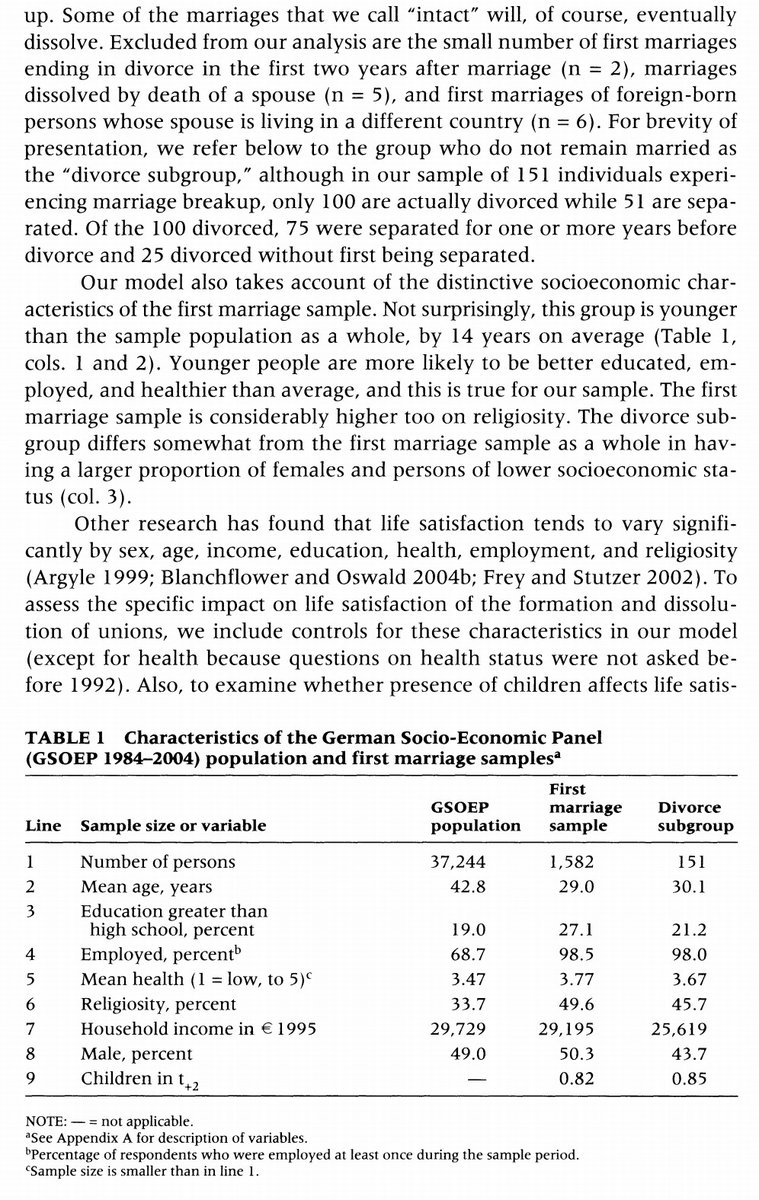1/ Do Real Estate Brokers Add Value When Listing Services are Unbundled? (Bernheim, Meer)
"In an open-access listing service used by all sellers, when listings are not tied to brokers, a seller's use of a broker reduces final sale price by 5.9-7.7%."
papers.ssrn.com/sol3/papers.cf…
"In an open-access listing service used by all sellers, when listings are not tied to brokers, a seller's use of a broker reduces final sale price by 5.9-7.7%."
papers.ssrn.com/sol3/papers.cf…

2/ "Our market has a single open-access listing service used by essentially all sellers, regardless of whether they employ brokers. The market consists of roughly 800 houses and condominiums located in a collection of largely contiguous neighborhoods on Stanford University land. 





3/ "Because ownership is limited to Stanford faculty and some senior staff, the MLS plays no role. (The listing service is free.) Brokers charge standard commissions (historically 5-6%).
"This allows us to identify effects of brokerage services when separated from MLS listings."
"This allows us to identify effects of brokerage services when separated from MLS listings."
4/ "There is fluidity between on-campus and off-campus housing. A substantial fraction of faculty members choose to live off-campus, and prices on campus have historically tracked off-campus prices. Stanford housing is more properly viewed as a neighborhood than as a market." 





5/ Column 1: "The use of a broker is correlated with observed characteristics that enhance a home’s value (e.g. larger homes are more likely to sell through brokers). Since brokers earn more from more valuable homes, this may reflect targeted efforts to obtain valuable listings." 





6/ "With home fixed effects (column 4), broker coefficient implies a price impact of -5.9%.
"The year-propensity interaction term coefficients rise over time, so column 4's broker coefficient may be biased upward.
"The coefficient in column 5 implies a price impact of -7.5%."
"The year-propensity interaction term coefficients rise over time, so column 4's broker coefficient may be biased upward.
"The coefficient in column 5 implies a price impact of -7.5%."

7/ "We see no basis in out results for an inference that those who use brokers are significantly less aggressive or effective negotiators than those who do not and hence no grounds for concern that that the estimates of broker effects in Table 2 are biased downward." 

8/ "The size of the estimated effects on initial asking price and sale price are roughly comparable. Though the estimates are not precise, they suggest that much of the effect of brokers on selling prices may reflect encouraging sellers to set lower initial asking prices." 

9/ "Using a broker is associated with a probability of sale slightly (substantially) higher during the first (second) month.
"To the extent a broker reduces time-to-sale, the effect appears to involves quick sales.
"Including home fixed effects yields ambiguous results."



"To the extent a broker reduces time-to-sale, the effect appears to involves quick sales.
"Including home fixed effects yields ambiguous results."




10/ "The effects of interest may differ across some brokers. In particular, both the selling price and the initial asking price tended to be noticeably higher when one particular broker handled transactions, and those differences were economically and statistically significant. 

11/ "In specifications analogous to equation (2) in Tables 2 & 3, the estimated impact on selling price for that broker is 0.0856 (s.e. 0.0374), and the impact on list price is 0.0509 (s.e. 0.0390). Otherwise, broker effects on both asking & selling prices were fairly uniform."
12/ Conclusion: "We have examined the effects of real estate brokerage services provided to sellers when MLS listings are not relevant. Because a seller presumably benefits from an MLS listing, including MLS listings (as other studies have done) may obscure the agency costs."
13/ More reading:
Incentives & Performance in Real Estate Brokerage
Relative Performance of Real Estate Marketing Platforms: MLS vs. Fsbomadison.Com
Expertise Value Added in the Real Estate Market
Incentives & Performance in Real Estate Brokerage
https://twitter.com/ReformedTrader/status/1417665207858462722
Relative Performance of Real Estate Marketing Platforms: MLS vs. Fsbomadison.Com
https://twitter.com/ReformedTrader/status/1418015885726404608
Expertise Value Added in the Real Estate Market
https://twitter.com/ReformedTrader/status/1417516527134199818
14/ Market Distortions When Agents are Better Informed: The Value of Information in Real Estate Transactions
https://twitter.com/ReformedTrader/status/1418362609389031427
• • •
Missing some Tweet in this thread? You can try to
force a refresh




























